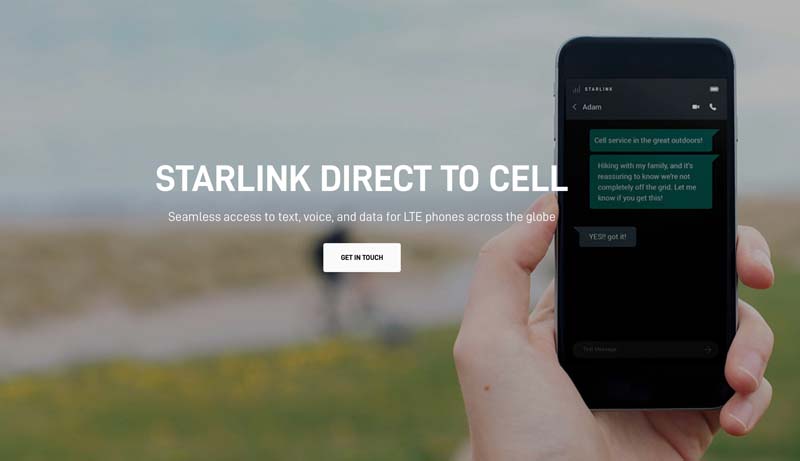In the aftermath of devastating hurricanes, there’s often an immediate and critical need to restore communication channels for affected communities. When traditional terrestrial infrastructure is damaged or overwhelmed, innovative satellite-based solutions can step in to fill the void. That’s precisely what SpaceX’s Starlink system accomplished, (SpaceX Starlink Hurricane Response: Connecting North Carolina in Crisis), leveraging its “direct-to-cell” service to rapidly connect thousands of phones in hurricane-ravaged regions of the United States.

SpaceX Starlink filings with the Canadian government’s ISED (Innovation, Science and Economic Development) department provide a compelling snapshot of Starlink’s emergency response capabilities. In the wake of Hurricanes Helene and Milton, SpaceX’s cellular Starlink satellites enabled over 27,000+ mobile devices to connect, while also transmitting more than 250,000+ SMS text messages. This connectivity proved vital in restoring communication lifelines and facilitating disaster relief efforts.
The key to Starlink’s success lies in its innovative “direct-to-cell”, which allows the orbiting satellites to act as cell towers in the sky. This enables the system to beam data directly to smartphones, even when traditional cell towers are rendered inoperable by natural disasters.

SpaceX vs AT&T & Verizon: The Battle for Cellular Starlink
“The positive impact to affected communities was immediate,” SpaceX noted in its ISED filing. “In just one day, over 27k mobile devices connected to Direct to Cell satellites.” This rapid response showcases the agility and resilience of satellite-based communication systems in times of crisis.
Moreover, Starlink’s capabilities extended beyond basic connectivity, with the system also transmitting over 250,000 SMS texts. This allowed disaster victims to reach out to loved ones, access emergency services, and coordinate relief efforts. As T-Mobile’s CEO observed, Starlink delivered “hundreds of thousands” of these vital text messages in the initial days of activation.
While Starlink’s performance during the hurricane response was undoubtedly impressive, the road to widespread adoption of its cellular capabilities is not without obstacles. The company still needs to secure full regulatory approval from the FCC in the United States before it can commercially operate its direct-to-cell service.
Additionally, there are concerns about potential radio interference between Starlink’s satellites and other wireless networks. SpaceX is urging the FCC and ISED to adopt evidence-based approaches to defining technical limits, striking a balance between innovative new services and protecting incumbent systems.
“By leaving little to subjectivity or commercially driven motivations, ISED will develop a sensible approach to interference management for SMCS (Supplemental Mobile Coverage by Satellite) that balances the deployment of innovative new services with the protection of incumbent services from harmful interference,” SpaceX argued in its ISED filing.
Despite these challenges, the success of Starlink’s emergency response during the hurricanes underscores the immense potential of satellite-powered cellular connectivity. As SpaceX continues to expand its constellation of over 250 direct-to-cell satellites, the possibilities for providing resilient, ubiquitous coverage only grow stronger.
In Canada, SpaceX Starlink is already collaborating with Rogers Communications to bring this technology to consumers, starting with texting services and gradually expanding to voice and data capabilities. The company envisions Starlink’s satellite-based cellular network reaching the most remote and underserved regions of the country, including national parks, Indigenous communities, and rural highways.

As the world grapples with the increasing frequency and severity of natural disasters, innovative solutions like Starlink’s direct-to-cell technology could prove invaluable in safeguarding communication networks and empowering communities in times of crisis. The road ahead may be filled with regulatory hurdles, but the potential impact of this satellite-powered cellular connectivity is truly game-changing.
Related Post
SpaceX Starlink Direct to Cell Service: Five Launches Away from Revolutionary Mobile Connectivity
KDDI Tests Starlink Direct to Cell: SMS Coverage Reaches Japan Remote Islands
SpaceX Tests Starlink Direct to Cell in New Zealand: What You Need to Know
